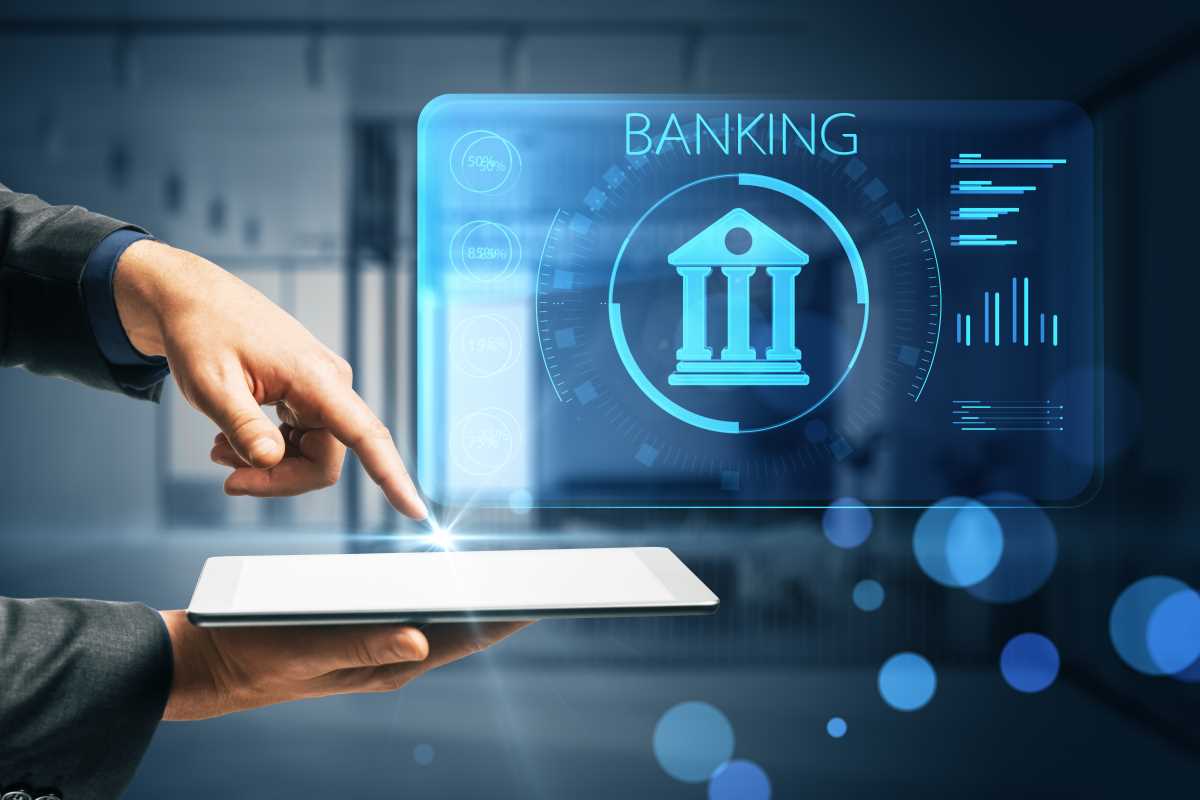Initially popularized by cryptocurrencies like Bitcoin, blockchain technology has evolved into a transformative force, reshaping financial transactions by driving transparency, enhancing security, and fostering trust. By decentralizing data storage and ensuring the immutability of transaction records, blockchain offers significant advantages over traditional financial systems, making transactions more transparent and accessible while reducing inefficiencies and fraud.
What is Blockchain?
Blockchain is a decentralized ledger technology (DLT) that records transactions across multiple computers or "nodes." Each record, known as a "block," contains transaction details like timestamps, amounts, and digital signatures, all linked together to form a "chain." This decentralized structure eliminates the need for a central authority, ensuring greater transparency and security than centralized systems.
Key Features:
- Decentralization: No central authority controls data, enabling peer-to-peer transactions.
- Immutability: Once recorded, data cannot be altered, ensuring transaction integrity.
- Transparency: All participants can access the same transaction history, increasing trust.
Transparency in Financial Transactions
Blockchain enhances transparency by providing real-time visibility into financial transactions. Traditional financial systems rely on intermediaries such as banks, payment processors, and clearinghouses to verify transactions. These intermediaries can introduce delays and limited visibility for consumers and financial institutions.
Blockchain, however, offers:
- Real-Time Visibility: Transactions are recorded on a shared ledger visible to all participants in real time, eliminating the need for reconciliation.
- Accessibility: Financial institutions, regulators, and consumers can access up-to-date transaction data anytime.
For example, cross-border payments traditionally involve multiple intermediaries, leading to delays. Blockchain-based platforms like Ripple enable real-time settlement and full transparency of transaction history, including exchange rates and fees, making the process faster and more reliable.
Combating Fraud and Corruption
Blockchain’s transparency is key to reducing fraud and corruption in financial systems. The traditional model relies on intermediaries to track and verify funds, which can be vulnerable to manipulation.
Blockchain addresses this by offering:
- Immutable Records: Once added, data cannot be altered or deleted, preventing fraud.
- Traceable Funds: Blockchain records all transactions, creating an easily auditable trail, which helps prevent money laundering and illicit activities.
In sectors like supply chain management, blockchain records every step of the product's journey to help verify product authenticity and reduce the risk of counterfeit goods. Additionally, smart contracts—self-executing contracts coded with specific terms—automate transactions, reducing human error and preventing manipulation.
Regulatory Compliance and Auditing
Regulatory bodies face increasing pressure to ensure compliance with anti-money laundering (AML) and combating the financing of terrorism (CFT) regulations. Blockchain’s transparent and immutable nature helps regulators efficiently monitor financial activities.
- Instant Audits: Blockchain provides real-time transaction data, allowing faster audits and reducing reliance on manual reconciliation.
- Increased Accountability: With a transparent record, financial institutions can be held accountable for their actions.
Blockchain improves financial reporting by granting regulators continuous access to transaction data, reducing the time and cost associated with compliance. This also mitigates the risk of regulatory fines and improves the integrity of financial systems.
Blockchain’s Role in Cross-Border Payments
Cross-border payments are known for being slow, costly, and opaque. Traditional methods involve multiple intermediaries, which add fees and delays. Blockchain addresses these issues by providing the following:
- Faster Settlements: Blockchain enables instant, direct peer-to-peer transactions, reducing delays.
- Lower Costs: By eliminating intermediaries, transaction fees are significantly reduced.
- Complete Transparency: Blockchain allows senders and recipients to track the payment’s progress in real-time.
Ripple’s payment system, for instance, enables cross-border transactions to be completed in seconds, providing transparency on fees and exchange rates. This process cuts down the time and costs traditionally associated with international transfers.
Financial Inclusion and Access
Blockchain’s transparency and decentralization offer a unique opportunity for financial inclusion. Many developing countries face limited access to banking services, which excludes individuals from essential financial products like loans and insurance. Blockchain-based solutions, such as decentralized finance (DeFi), can provide these services without relying on traditional banks.
- No Intermediaries: Blockchain removes banks from the equation, making financial services accessible to anyone with an internet connection.
- Access to Credit: Platforms using blockchain can facilitate microloans and peer-to-peer lending, providing underserved populations with access to capital.
These services can revolutionize financial access by using alternative data for credit assessments, offering a path to inclusion for individuals with no formal credit history.
Smart Contracts and Automation
Another major benefit of blockchain is its ability to automate transactions through smart contracts. These self-executing contracts automatically fulfill terms once predefined conditions are met, eliminating the need for intermediaries and reducing the risk of human error.
For example, a smart contract for a loan could automatically release funds once the borrower’s creditworthiness is confirmed. This reduces delays, improves transaction accuracy, and ensures agreements are executed precisely as agreed.
The Future of Transparent Financial Transactions
Blockchain transforms the financial system, making transactions more transparent, secure, and efficient. Its decentralized nature allows for greater trust between consumers, institutions, and regulators while eliminating intermediaries and enabling real-time data access. As blockchain adoption grows, we can expect significant improvements in the speed, cost, and transparency of financial transactions.
With enhanced transparency, lower costs, and real-time tracking, blockchain is positioned to revolutionize industries far beyond cryptocurrencies, including banking, cross-border payments, supply chain management, and more. As blockchain evolves, it will likely play an even more critical role in ensuring a fairer, more accessible financial landscape for all.







